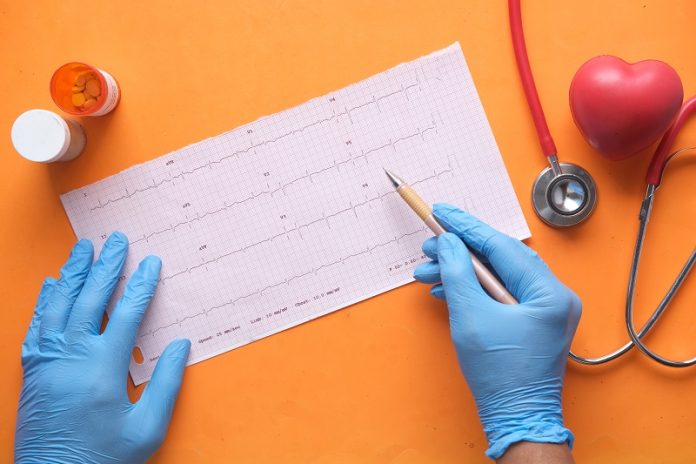
A recent study published in the American Journal of Preventive Medicine reveals that increasing the use of home blood pressure monitoring among U.S. adults with hypertension could significantly reduce cardiovascular disease and result in long-term healthcare savings.
The findings suggest that home monitoring could help address health disparities, particularly benefiting racial and ethnic minorities and people living in rural areas by reducing heart attacks and strokes.
According to Yan Li, Ph.D., Professor at the School of Public Health, Shanghai Jiao Tong University School of Medicine, “Our study is among the first to assess the potential health and economic impact of adopting home blood pressure monitoring among American adults with hypertension.
We found that it facilitates early detection, timely intervention, and prevention of complications, leading to improved control and better health outcomes.”
The study revealed that shifting from traditional clinic-based care to home blood pressure monitoring could lower the number of heart attacks (myocardial infarctions) by 4.9% and strokes by 3.8% over the next 20 years.
Certain groups—such as non-Hispanic Black individuals, women, and rural residents—could see more significant reductions in cardiovascular events and higher healthcare cost savings compared to non-Hispanic White individuals, men, and urban residents.
These findings suggest that home monitoring could play a role in reducing health disparities by improving access to effective hypertension management.
Greater Impact in Rural Areas and Long-Term Savings
In rural areas, where hypertension and access to healthcare are particularly pressing issues, home blood pressure monitoring could have an even greater impact.
The study projects that for every one million people, 21,278 fewer heart attacks would occur among rural residents, compared to 11,012 fewer heart attacks in urban populations.
The economic benefits are also substantial. Based on data from the Medical Expenditure Panel Survey (MEPS), researchers estimate that home blood pressure monitoring could save an average of 4.4% per person in healthcare costs annually, with savings totaling around $7,794 per person over a 20-year period.
These savings would come from fewer cardiovascular events and reduced hospital visits, making home monitoring a cost-effective intervention.
Challenges of Traditional Clinic Monitoring
Hypertension, defined as systolic blood pressure over 130 mmHg or diastolic blood pressure over 80 mmHg (or being on medication for it), is a leading cause of heart disease and stroke in the U.S. Despite its significant impact on public health, traditional clinic-based blood pressure monitoring has notable limitations.
Patients typically visit the clinic infrequently, and their blood pressure readings can be affected by factors such as “white coat” syndrome, where blood pressure is elevated in a medical setting, or “masked” hypertension, where it appears normal in the clinic but is higher outside.
Home blood pressure monitoring addresses these challenges by providing more consistent, accurate readings over time, leading to better management of hypertension.
Despite its effectiveness, home monitoring is not yet widely adopted in the U.S. due to inadequate insurance coverage, limited investment in preventive services, and insufficient promotion by healthcare providers.
Pandemic-Driven Change and Future Potential
The disruptions caused by the COVID-19 pandemic have brought more attention to home blood pressure monitoring. Between 2020 and 2022, as many patients avoided in-person clinic visits, home monitoring became a more viable option for managing chronic conditions like hypertension.
With nearly half of all U.S. adults affected by high blood pressure, the study’s co-lead investigator, Donglan Zhang, Ph.D., from New York University Long Island School of Medicine, emphasized the importance of expanding home monitoring.
“Home blood pressure monitoring empowers patients to take a more active role in managing their chronic conditions. Our findings provide compelling evidence for healthcare systems and payers to support the broader implementation of this intervention.”
By encouraging the widespread adoption of home monitoring, the study suggests that healthcare systems can improve outcomes for millions of Americans, particularly those in underserved communities, while reducing the overall burden of cardiovascular disease and healthcare costs.
If you care about blood pressure, please read studies about unhealthy habits that could increase high blood pressure risk, and people with severe high blood pressure should reduce coffee intake.
For more information about blood pressure, please see recent studies that early time-restricted eating could help improve blood pressure, and results showing plant-based foods could benefit people with high blood pressure.
Copyright © 2024 Knowridge Science Report. All rights reserved.



